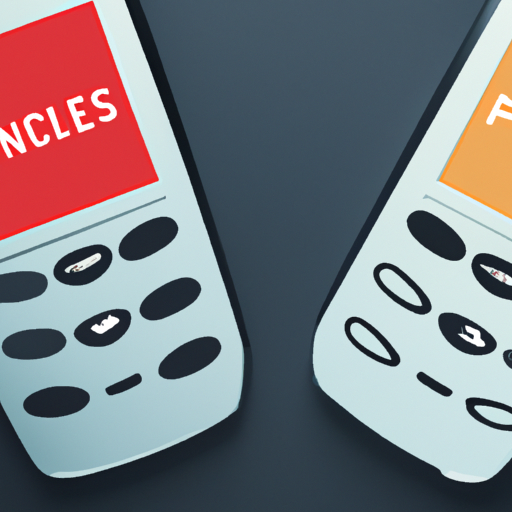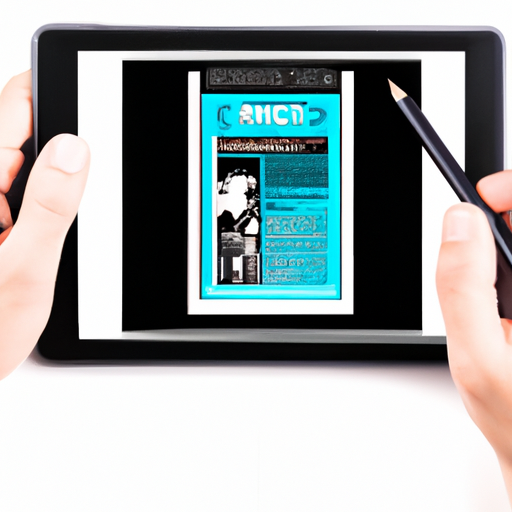In today’s fast-paced world, convenience and speed are paramount when it comes to financial transactions. Contactless payment systems have emerged as a revolutionary way to make payments more efficient, catering to the needs of both consumers and businesses. This article explores the advantages of contactless payments, how they work, and why they are becoming increasingly popular.
What Are Contactless Payment Systems?
Contactless payment systems utilize NFC (Near Field Communication) technology or RFID (Radio-Frequency Identification) to enable secure payments without the need for physical contact. Users can tap their smart cards, smartphones, or smartwatches at a payment terminal to complete their transactions quickly.
How Do Contactless Payments Work?
- Device Compatibility: Contactless payments can be made using devices that are equipped with NFC technology, such as smartphones and contactless-enabled credit or debit cards.
- Payment Terminal: Merchants must have a compatible terminal that can process contactless payments. These terminals are designed to read the information transmitted by contactless devices.
- Transaction Process: When a user taps their device near the terminal, the payment details are transmitted securely and processed within seconds, allowing for a swift checkout experience.
Advantages of Contactless Payment Systems
There are several reasons why contactless payment methods are gaining traction among consumers:
- Speed: Transactions take only seconds to complete, reducing wait times at checkout.
- Convenience: Users can make payments without needing to search for cash or swipe cards, making it ideal for busy lifestyles.
- Security: Contactless payments often utilize tokenization and encryption, providing an added layer of security against fraud.
- Hygiene: Reducing physical contact is especially important in today’s health-conscious climate, as it minimizes the spread of germs.
Popular Contactless Payment Solutions
Some of the most widely recognized contactless payment solutions include:
- Apple Pay: Allows users to make payments using their iPhone or Apple Watch, integrating seamlessly with the Apple ecosystem.
- Google Pay: Offers similar functionality for Android users, enabling payment via mobile devices.
- Samsung Pay: Combines NFC with Magnetic Secure Transmission, allowing it to work with traditional magnetic stripe terminals.
- Contactless Cards: Many banks offer contactless debit and credit cards that allow for swift payments without a mobile device.
The Future of Contactless Payments
As technology continues to advance, the future of contactless payment systems looks bright. With the increasing adoption of digital wallets and advancements in security protocols, more consumers are likely to embrace this payment method. Businesses that incorporate contactless payment solutions are not only improving the customer experience but are also positioning themselves for future growth in the digital economy.
Conclusion
In recent years, the adoption of contactless payment systems has surged, and it is clear that they are here to stay. For both consumers and businesses, the security, convenience, and speed provided by these payment methods make them an attractive option in the ever-evolving financial landscape.
Keywords: contactless payment, digital wallets, NFC, mobile payments, secure transactions.




